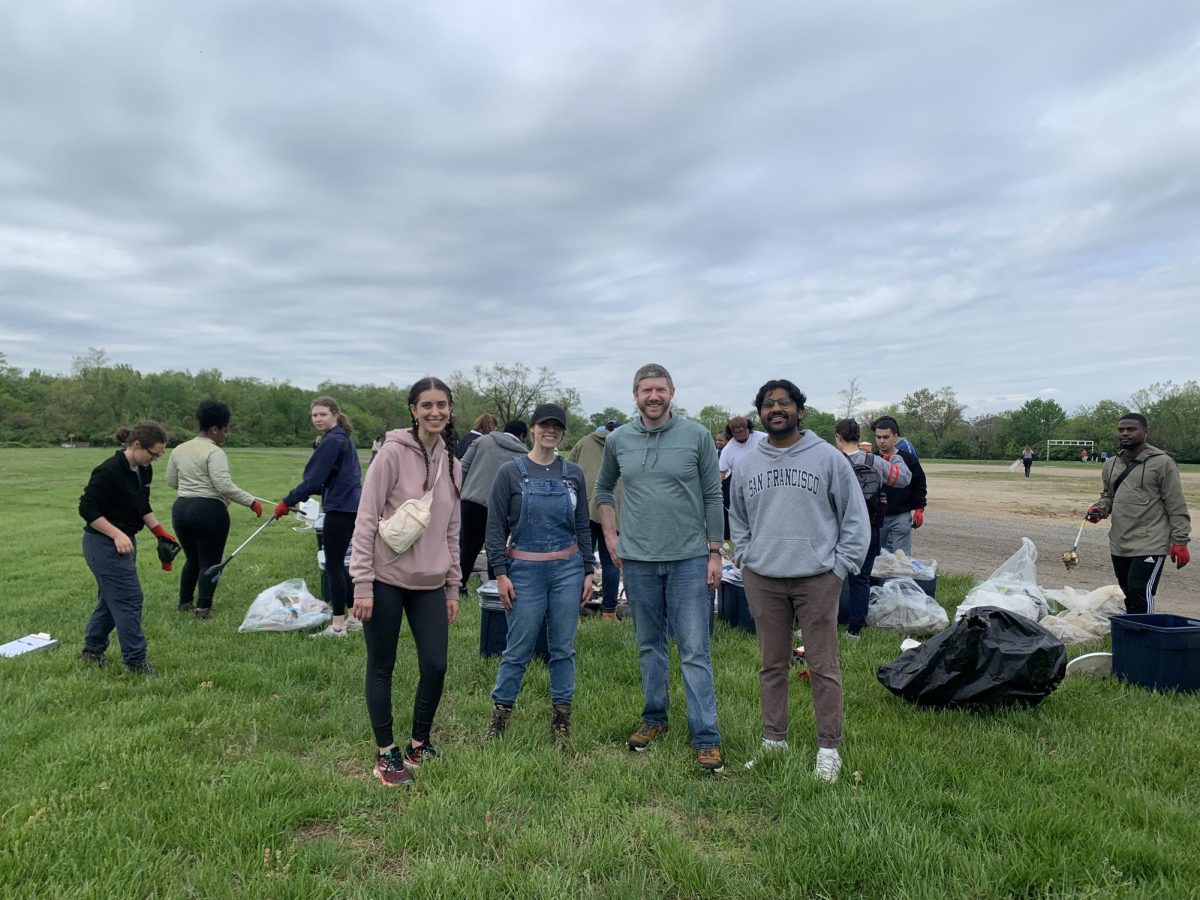The Georgetown Working Group on Slavery, Memory and Reconciliation released a pamphlet addressing the history of the university’s relationship with slavery and its plans to foster dialogue with the student body Tuesday. The pamphlet provides greater details surrounding Jesuit slaveholding at Georgetown as well as specifics concerning the sale of 272 slaves by former University Presidents Fr. Thomas Mulledy, S.J. and Fr. William McSherry, S.J. in 1838.
The working group was tasked in September by University President John J. DeGioia to address Georgetown’s slaveholding past. The pamphlet comes in response to university activism regarding the formerly named Mulledy and McSherry Halls after student activists staged sit-ins outside of DeGioia’s office and held campus-wide demonstrations. Following the protests, DeGioia accepted the working group’s recommendation to change the names of Mulledy and McSherry Halls to the interim names of Freedom Hall and Remembrance Hall, respectively.
According to the group’s findings outlined in the document, Jesuits at the time were divided over the sale itself and officials in Rome favored freeing the slaves. However, Mulledy and allies argued such action would not be fiscally possible, prompting the Church to put conditions on the sale. While Church officials advocated for slave families to remain intact and for the money from the sale to not be used for university operating expenses, both conditions were never met.
As a response to the sale, the pamphlet says that multiple Georgetown Jesuits may have aided slaves in their escape as the sale and transfer were processed. The working group says the fallout surrounding the sale forced Mulledy to resign as head of the Jesuit Order in the United States, though he would go on to found the College of the Holy Cross and serve again as president of Georgetown.
The working group estimates the sale generated $115,000 in 1838. While the group believes Mulledy and McSherry never received the full amount, $17,000 — $500,000 in today’s dollars — was used to pay Georgetown’s building debt, a direct violation of the Church’s suggestion.
While the pamphlet focuses on the specifics of the particular sale, it also exposes other ways the university interacted with the institution of slavery. The working group documents that Georgetown College authorized previous sales of slaves, utilized rental slaves from other agencies in the region and allowed for student-held slaves.
The working group is still attempting to compile the names and numbers of those sold and the location of potential slave burial plots on campus. As the working group continues to explore these issues, a teach-in will be conducted in Gaston Hall on Dec. 1. The goal of the event is to foster dialogue of remembrance among the Georgetown community as well as to garner additional input on the future agenda of the working group. Students are also able to suggest future names for both Freedom Hall and Remembrance Hall through the working group’s website.




















